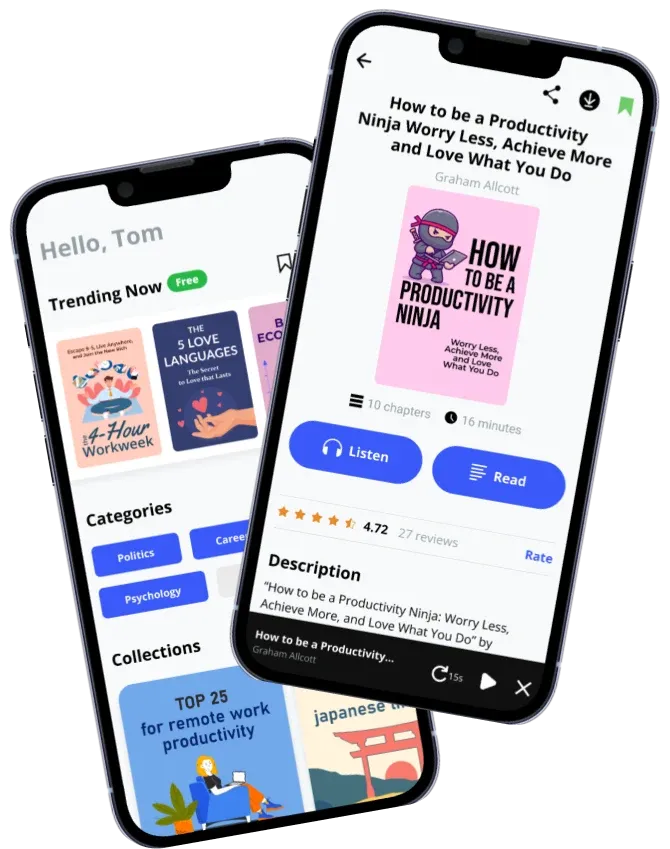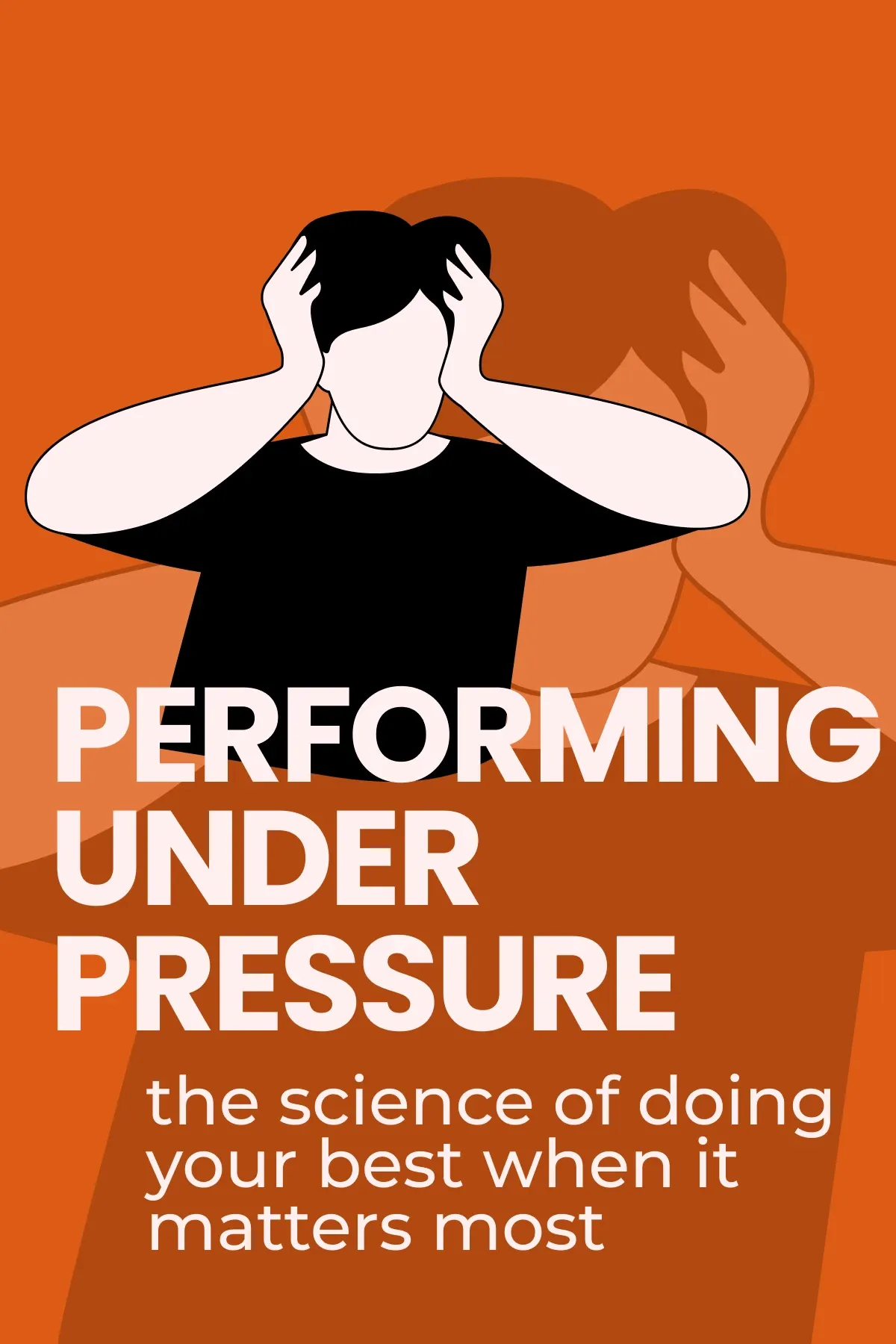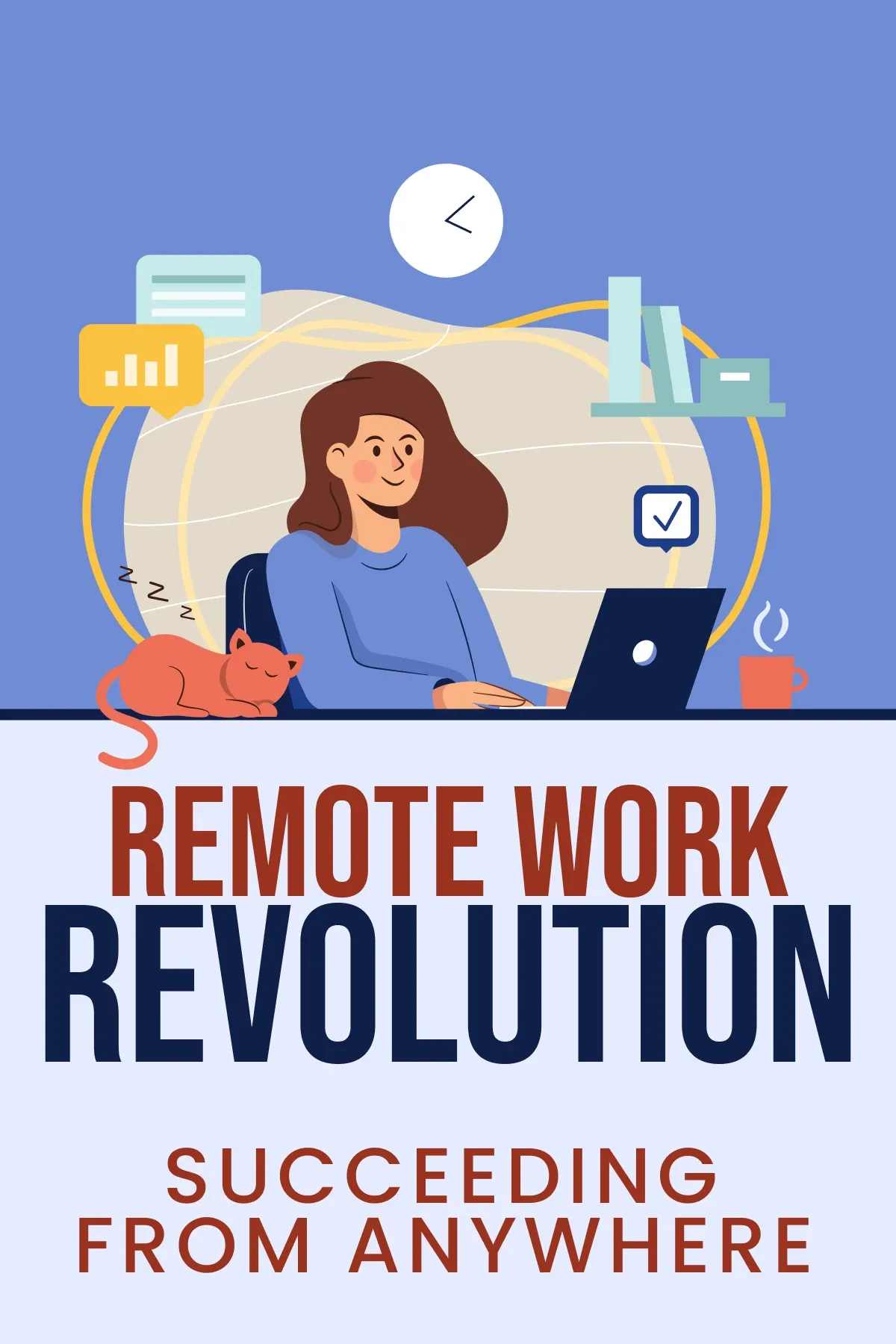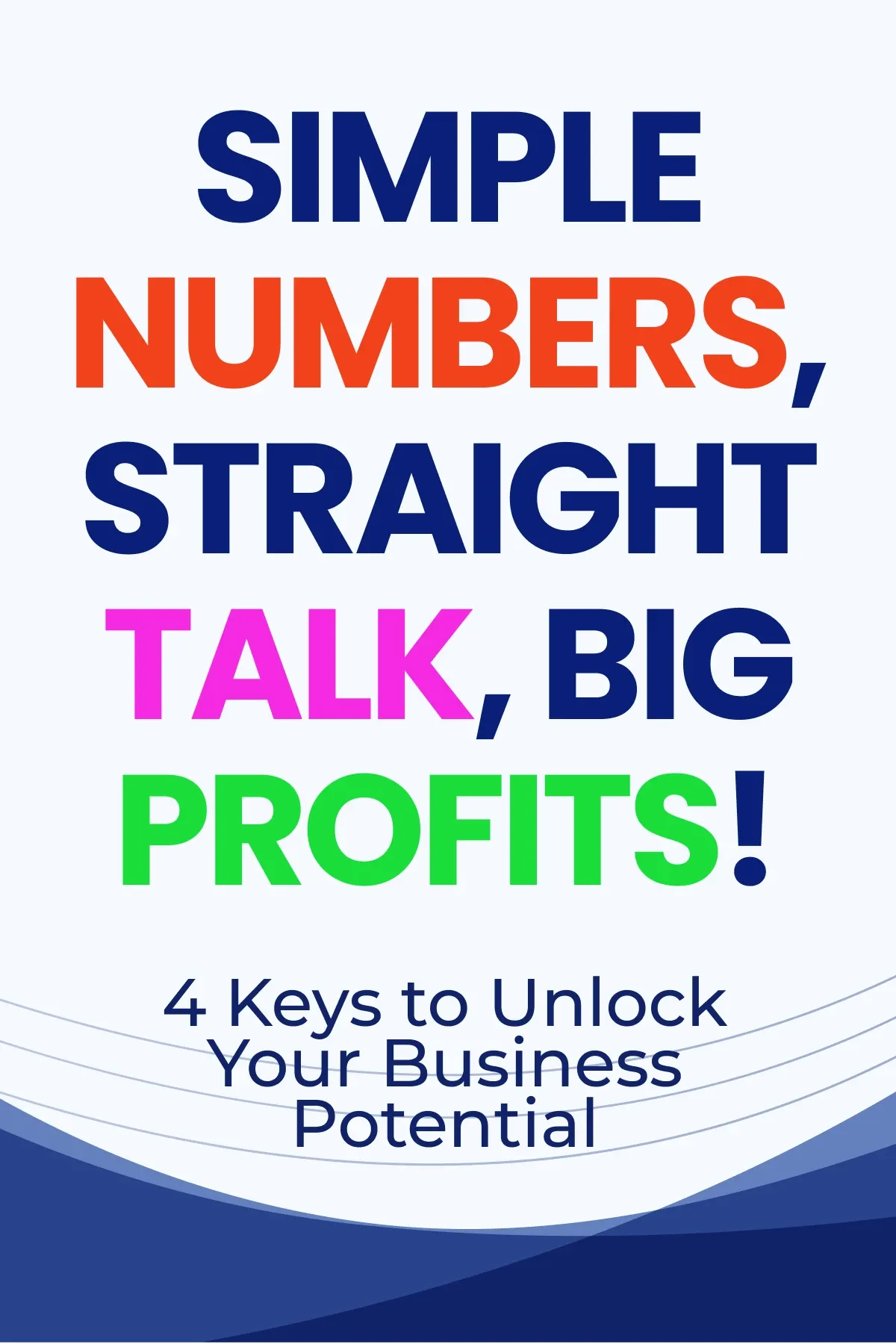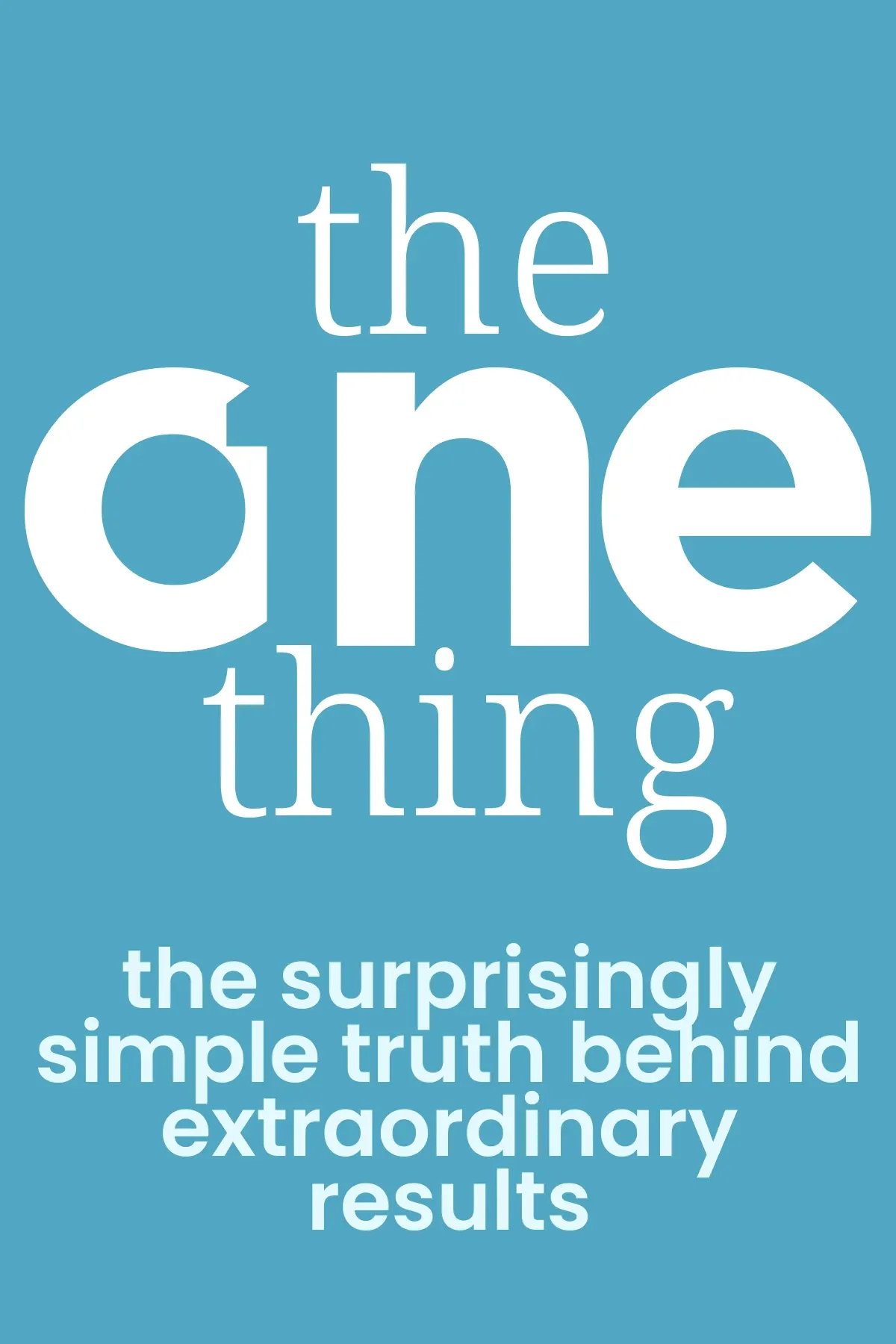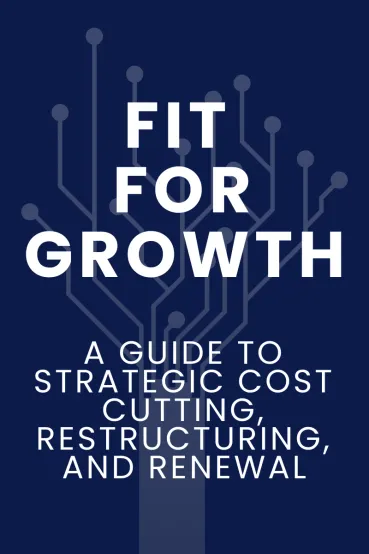
Fit for Growth
Brief Summary
“Fit for Growth” by Vinay Couto, John Plansky, and Deniz Caglar is a comprehensive guide to sustainable business growth through strategic cost management and organizational fitness. The book offers practical advice on optimizing cost structures, reinvesting savings into growth initiatives, and creating a more agile organization ready for continuous transformation. Drawing on the author's experience, it provides a roadmap for businesses to maintain competitiveness in today's ever-evolving markets.
Key points
Key idea 1 of 7
A business’s ultimate goal is growth. Yet, you're facing some speed bumps on your way to expansion, aren't you? Your customers' needs may be growing. Moreover, there could be widespread economic issues in your sector. The universal remedy to your problems lies in one area: the efficient management of your financial resources. It's crucial to strike a balance in any business. This balance lies between enhancing revenues and reducing costs. Furthermore, it applies to any business, no matter the industry. For cost reduction, you need to plan.
The Swedish furniture giant IKEA is a shining example of effective cost management. IKEA is known for a few things. It marked its territory in the furniture design realm. Its designs are simplistic yet stylish. The store environment is welcoming, and the prices are affordable. They acknowledge their strengths and play to them. IKEA aims to reduce costs in many areas. Still, there are certain areas they won't compromise on—their areas of strength. IKEA scrutinizes all aspects of its business, including product packaging and supply chains. They look for possible cost-cutting, provided it doesn't compromise their unique selling points. These selling points are product quality, in-store experience, and affordable pricing.
This is a lesson every business needs to take to heart. It's about recognizing what makes your company unique. What sets your company apart from the rest? The first step is to determine your “differentiating capabilities.” Then, you should divide most of your financial resources to nurture them.
Yet, many businesses stumble when it comes to this crucial step. They spread their resources thinly, attempting to excel in every department. Be it HR or Logistics, they strive for each to be “best in class.” This approach is not only unrealistic but also counterproductive. The truth is, there's no necessity to outshine the competition in all aspects. If you do this, you risk underfunding the activities that make your business unique.
This brings us back to the starting point. Where do you trim your costs? The answer lies not in where to start but where not to. Identify your business's strengths or differentiating capabilities. These are areas you should not cut down. Instead, streamline costs in other, non-critical areas. This approach might seem risky. Indeed, it's a calculated risk because it's safer than trying to excel in all business functions.
FAQ
You may also like these summaries
